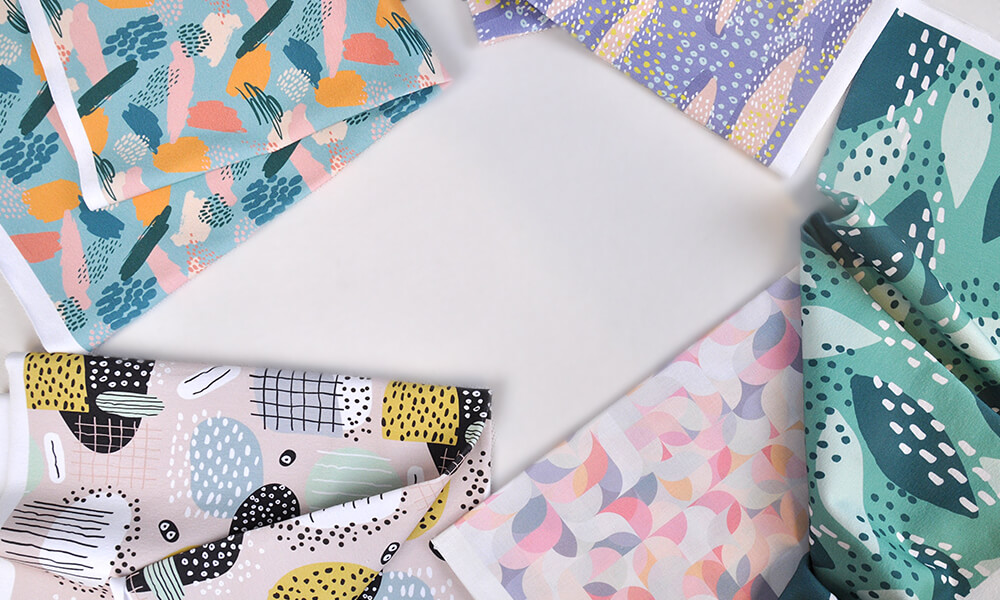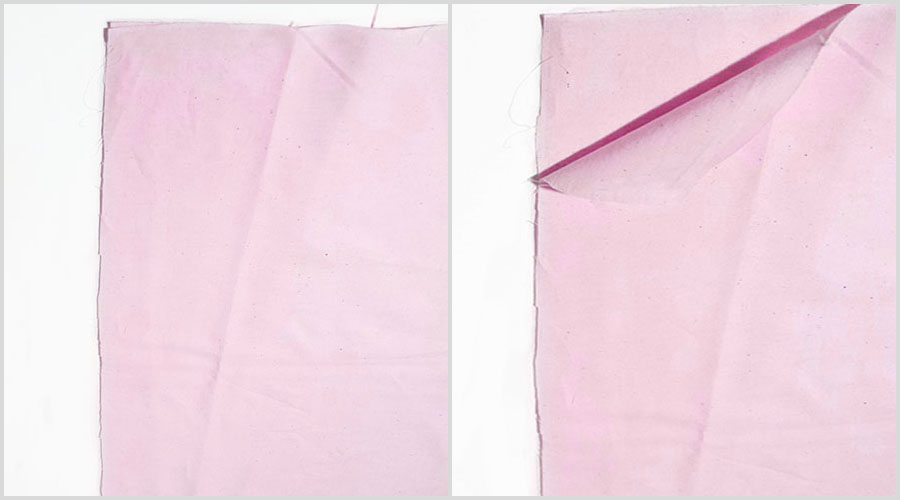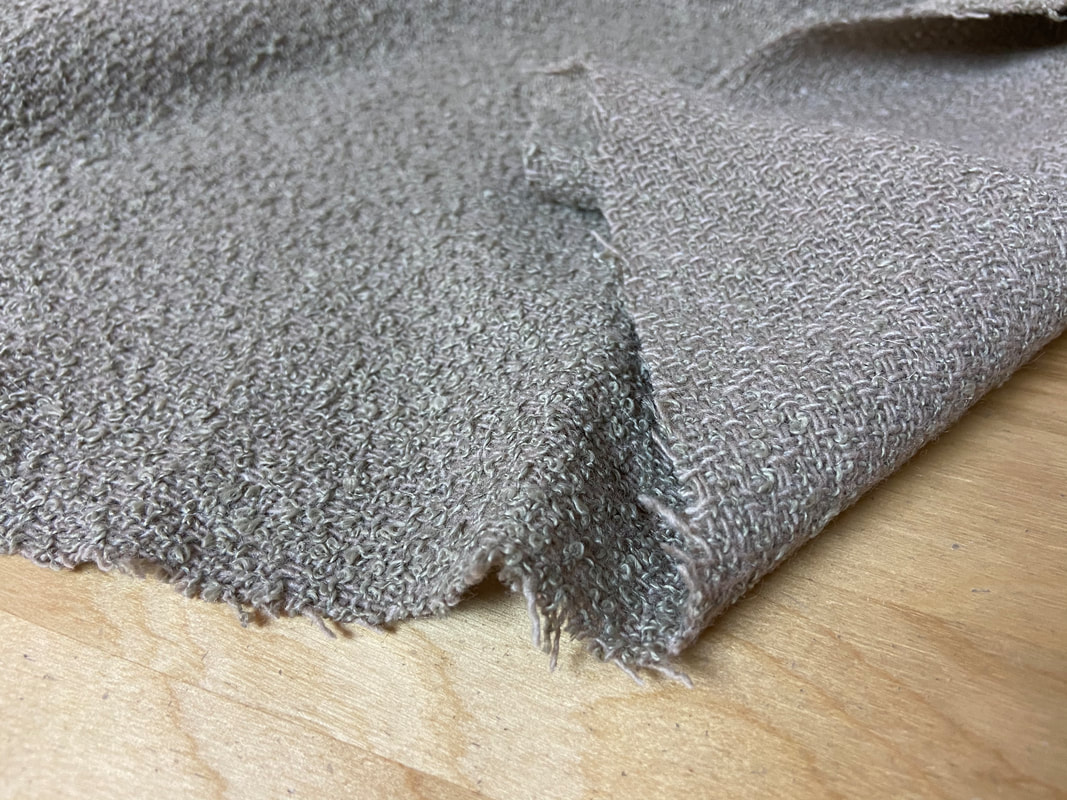More About All 4 Way Stretch Fabrics
More About All 4 Way Stretch Fabrics
Blog Article
The Ultimate Guide To All 4 Way Stretch Fabrics
Table of ContentsSome Ideas on All 4 Way Stretch Fabrics You Should KnowWhat Does All 4 Way Stretch Fabrics Do?The Facts About All 4 Way Stretch Fabrics Revealed7 Simple Techniques For All 4 Way Stretch FabricsThe Of All 4 Way Stretch FabricsIndicators on All 4 Way Stretch Fabrics You Should KnowThe Basic Principles Of All 4 Way Stretch Fabrics
As I likewise want UV protection from my garments when I go out, I would select a densely woven cotton material. One even more factor to consider when buying the material is the means it will after cleaning.A winner would be to purchase at least 10% extra material. If you can purchase preshrunk material, this is the finest. Preshrunk fabric will have labels that will certainly state" etc. If you are seeking a fabric that will certainly not extend or lose shape, you can search for the "anti-sag" label.

If you are matching the shade, like selecting the cellular lining for the major textile or selecting fabric to add as trim, this is especially essential. The material display rooms will usually have a light well where you can see the fabric in sunlight (or a window with great light from outdoors).
Getting My All 4 Way Stretch Fabrics To Work

A lot of fabrics are concerning 44 large. When you most likely to get fabric, price quote just how much you desire first and afterwards go to the store. Have a look at this article to understand the solution to this regularly listened to inquiry "How much textile do I require". With a fat quarter, you will certainly obtain an 18 wide by 22 long.
Some great bargains can be had this means. In dressmaking, we purchase textile by the yard/meter.
Some Known Questions About All 4 Way Stretch Fabrics.
In a quarter of a yard, you obtain a 9 by 44 strip of textile, which is concerning 22 centimeters in size. It is constantly better to buy larger fabric. According to the size of fabrics, they may be called single-width and double-width. Single size is typically up to 49 inches in width and double size approximately 60.
Pick textiles that are not as well difficult or rigid, or you wouldn't be comfortable in them. Bed linen, Jeans, flannel, For colder climates, select wool (100% as well as wool blends) wool tweeds, woollen crepe; it primarily depends on what trousers you are talking about Tailored trousers, Unstructured Pant, Combined, Denim.
Corduroy fits to put on fabric to select for pants. All cotton fabrics are good for children. You can choose a cotton satin stretch or a cotton twill or cotton satin or grass. Knit fabrics are likewise great for children you can go for woollen knits. Interlock knits are dressmaking knits that extend across the grain.
Everything about All 4 Way Stretch Fabrics
Check out this article on the very best material for clothes for children and youngsters for more detail on this subject. Light-weight cotton is my favorite to stitch skirts. Cotton yard fabric in attractive prints is terrific. Silk jersey is a great fabric for sewing skirts, as is Ponte Roma knit textile.
Drapey rayons, soft wool, lycra blends, and stretch velours are all appropriate for stitching skirts. Woollen (Wool crepe has article source a terrific drape and gives adequate framework for coats; wool tweeds are excellent as well), Bed linen & Flannel. Raw silk, satin, taffeta, velour, Shoelace, silk chiffon, and Organza are all fantastic for making dresses.
You can acquire medium-weight materials with some spandex/elastane added for a fitting bodycon-type outfit. For drapey dresses, you can select lightweight fabrics. Jacket has a drapey fit similar to this. Crepe, challis, and charmeuse are all drapey textiles fit for this style. Take a look at these posts: Finest fabric for making casual outfits and tops; Names of various gowns. Rayon, Acetate, and cotton lining materials are widely made use of.
Lightweight cotton material, Cambric, Chintz, Twill, Faille, Seersucker, Poplin, lightweight woven broadcloth, batiste, bed linen, eyelet are great for making t-shirts and blouses. I like chiffon shirts. Smooth satin textile is good for making ventilated tops. Have a look at the post on the 7 finest fabrics for making t shirts. Making serapes and scarves require various factors to consider for the textile check out this post on the materials for making headscarfs When buying patterned textile (the majority of the formed textile includes a width of 45 or 54 inches), there will be pattern repeat in these materials, and this ought to be considered when reducing fabric along with acquiring them i.e., if you wish to match the patterns at the joints.
How All 4 Way Stretch Fabrics can Save You Time, Stress, and Money.
The concepts will certainly be distributed in an organized fashion on the textile. You might see often If the print is not put on the fabric appropriately, it can not be matched or lined up when constructed without misshaping the material and the hang of the garment.


You can find out more regarding grain and grainline of textile right here. The fabric weight hinges on several elements like the weave, fiber kind, etc and is normally represented by GSM. GSM can differ from 60 -700; 700 being the GSM of very top quality woolen material. A denim fabric has a GSM of 400, relying on the weave.
One thing you have to keep in mind is that higher fabric weight does not represent higher fabric quality. You can not choose high fabric weight material jeans for a light-weight drifting serape.
In a nutshell, the most vital criteria to look for in the material you acquire are as adheres to (http://tupalo.com/en/users/7455277). The number of threads per inch of fabric (yarns-per-inch).
Fascination About All 4 Way Stretch Fabrics
This is really essential in any type of textile. In top notch textile, this equilibrium (either in numbers or in size) will constantly be kept. Procedures made use of on textile to enhance look and efficiency. The fibers that are woven to make the textile will certainly either be as a solitary hair or will certainly be developed by incorporating 2 yarns (turned).
A two-ply thread is premium to a single-ply thread.
If you are obtaining prepared to begin a new embroidery project, choosing a fabric will be the most essential step once you determine what you intend to make. After you've gone to all the trouble and expense of buying the stitching maker you like, a pattern you enjoy, and a textile you enjoy, you want the finished item to be a success, right? One way to complete that is to start by making certain your material is really right for the task.
All 4 Way Stretch Fabrics for Beginners
As an example, if you're making a patchwork, you'll immediately desire to utilize quilter's weight cotton for ideal results. What if you desire to make an item of clothes? Just how do you know which material will give you the most effective result? Selecting a textile merely because you enjoy the print or style on it isn't always the finest approach.
You get the picture. So in order to prevent doing an entire job for practically absolutely nothing, we have actually assembled some pointers to aid you determine which fabric is right for your project. Let's say you already have a project in mind; how do you find the right textile for it? One means is to look at comparable items in storesor ones you already have.
Think of the characteristics you desire the completed product to have. If clothes, will it be fitted or loosened? Dressy or daily? For warm weather condition or cold? Do you desire a strong color or a print? If you are making a non-wearable item such as a cushion cover or potholder, use a durable textile such as canvas.
There is a lot information around about textiles, their attributes, and their uses, it might get to be frustrating! Don't try to take it in all at when; just start with the project at hand. Discover all you can concerning the material you use for this task.
Report this page